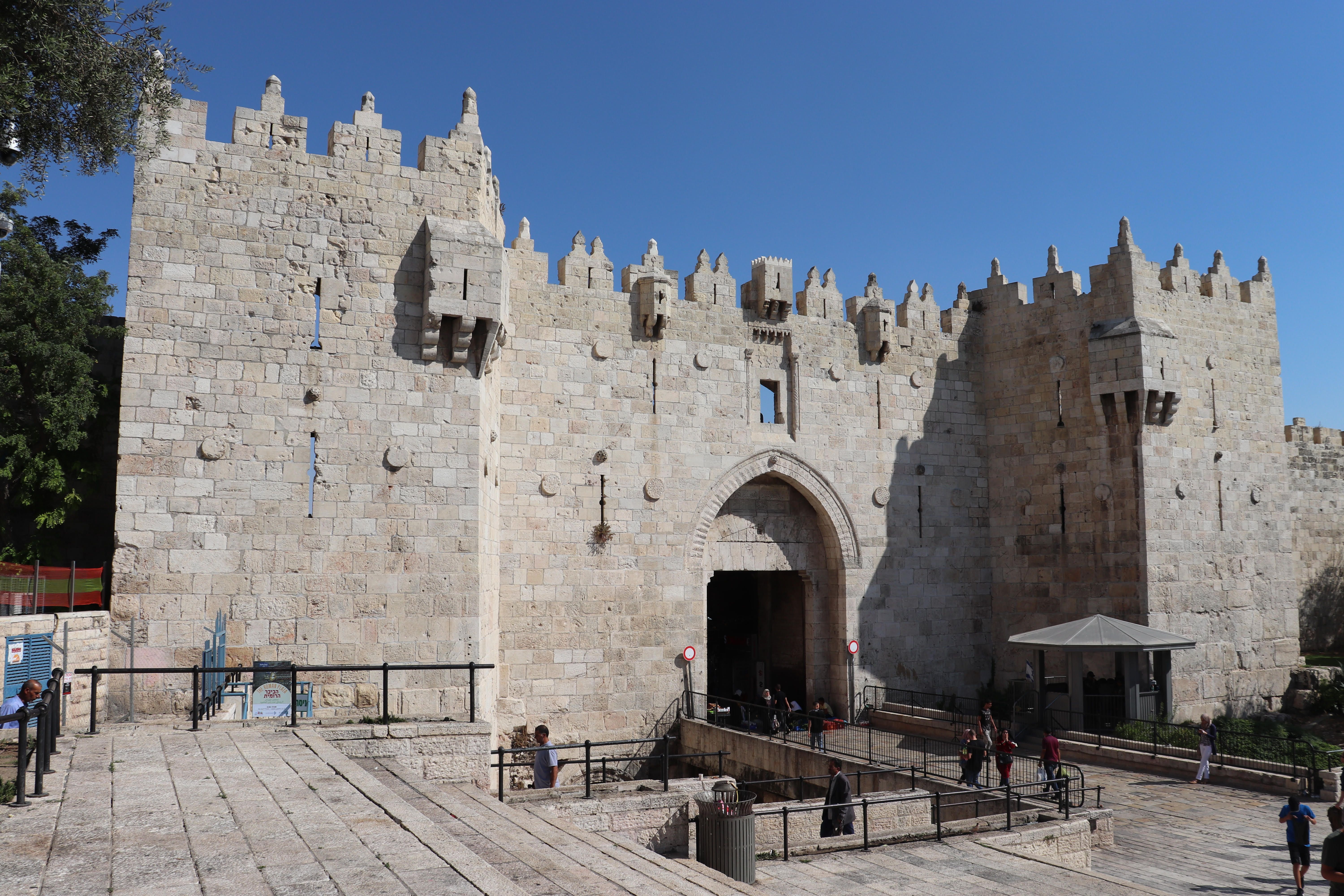Approaching Damascus Gate, an entrance into the Muslim Quarter of the Old City of Jerusalem, I glanced at my phone to consult my map. I was crossing the demarcation of the 1948 border between Israel and Palestine. Today, it’s just a busy street. But, across that street, storefront names change from Hebrew to Arabic, small coffee stands selling Arabic-style coffee pop up on every corner, and the call to prayer plays over loud speakers on minaret mosques five times daily (despite “noise pollution” measures from the Israeli Parliament and the Jerusalem municipality to limit the frequency and volume of the traditional practice).
For a moment, I forgot I was in one of the world’s most controversial and contested cities. That is, until I saw the armed Israeli Defense Force soldiers manning the guard towers outside the Old City walls, a prompt reminder this was no ordinary place. I quickly realized the story of this city and its divisions can’t possibly be distilled into a dotted line on Google Maps.
Though I knew Jerusalem would challenge my Westernized understanding of the conflict, I was wildly unprepared for how it would simultaneously meet my expectations—an intensely historic city with equally intense religiosity—all the while confounding them. A surprisingly ordinary way of life pulsed within the millennium-old walls of the Old City. Trinket shops line narrow aisles that wind their way through the four quarters, people shop for groceries at the produce stands, families sit for hummus in the morning, and twenty-somethings gather for shisha in the evenings.
I am here to report on the conflict through the lens of food, but before my first forkful of fattoush, my first fig, or my first swipe of pita into hommus, and before any conversations with farmers, tahini producers, or vegetable merchants, I caught a glimpse of its mind-bending reality simply by crossing the street. One city, two sides, four quarters. On its face, food is a unifier amongst all these pieces. You’ll find balls of falafel, plump grapes and cherries, and pita bread citywide, just as you’ll find produce stands, spice shops, and piping hot coffee in every aisle of every market. But, as I’d soon learn, that commonality was more like reticent co-existence, and a telling framework through which to evaluate the conflict’s human impact.

